These kinds of accounts have a credit balance, which implies that they decrease the value of an asset as their balance increases. The unit of production method is similar to straight-line depreciation, just that in the straight-line method, we measure depreciation using currency. When calculating an asset’s cost, ensure to add all related expenses, such as labor, materials, taxes, and more. The most important difference between this formula and other common depreciation formulas is the denominator. Other methods have a denominator of 1 or 1/2 depending on whether an asset was acquired during its first year or after it had been in use for 1 year. The denominator in straight-line depreciation is 1/ Estimated Useful Life, which has the effect of making 1/ Estimated Useful Life much larger than 1 or 1/2 when an asset is new.
Sum of the years’ digits Depreciation Method
For instance, let’s take an example of Acer Computer, which buys a $2,000 McAfee antivirus software that won’t be used for five years, and its estimated residual value is $500. A financial professional will offer guidance straight line depreciation can be calculated by taking based on the information provided and offer a no-obligation call to better understand your situation. For some assets, including residential real estate, however, you’ll use other methods of depreciation. Section 179 lets you deduct all the asset’s cost in a single year rather than over several years. It can be used for several kinds of property, but the asset has to be used for an income-producing business. No, depreciation is a non-cash expense, but it lowers your taxable income, which can indirectly save money by reducing taxes owed.
Financial Consolidation & Reporting
Knowing the right forms and documents to claim each credit and deduction is daunting. Taxfyle connects you to a licensed CPA or EA who can take time-consuming bookkeeping work off your hands. Taxes are incredibly complex, so we may not have been able to answer your question in the article. Get $30 off a tax consultation with a licensed CPA or EA, and we’ll be sure to provide you with a robust, bespoke answer to whatever tax problems you may have.
- From the above example, a monkey expects the peeling machine to cost $2000 at the end of its useful life.
- It provides a clear and consistent way to spread the cost of an asset over its expected lifespan, making it ideal for assets with a steady and predictable usage pattern.
- By employing this method, businesses can distribute an equal amount of depreciation expense for each year of the asset’s useful life.
- Depreciation means reducing the value of an asset for business and tax purposes.
The Impact of Interest Rate Changes on Business Financing
Most businesses have assets they need to depreciateStraight-line depreciation is a common method. In the last line of the chart, notice that 25% of $3,797 is $949, not the $797 that’s listed. However, the total depreciation allowed is equal to the initial cost minus the salvage value, which is $9,000. At the point where this amount is reached, no further depreciation is allowed.
Method to Get Straight Line Depreciation (Formula)
Each method calculates depreciation differently, offering flexibility based on asset use and business needs. Straight-line depreciation’s advantages make it a popular choice for its simplicity and consistency, aligning with regulatory requirements. However, its inability to reflect an asset’s actual decline in value over time and the potential for inaccurate reporting should be considered when selecting a depreciation method. Some businesses are required to follow Generally Accepted Accounting Principles (GAAP) in their financial reporting.
- Develop a depreciation schedule to visualize how assets lose value over time.
- Over the useful life of an asset, the value of an asset should depreciate to its salvage value.
- We handle the hard part of finding the right tax professional by matching you with a Pro who has the right experience to meet your unique needs and will handle filing taxes for you.
- With the straight line depreciation method, the value of an asset is reduced uniformly over each period until it reaches its salvage value.
Understanding the financial health of a business involves a lot of accounting. One of the most popular methods for determining the value of a business is straight line depreciation. Investors often choose the straight line method for its simplicity and consistency. This method aids in accurate financial reporting and also helps businesses plan for future investments and expenses.
Understanding straight line depreciation can help businesses and individuals manage their assets more effectively. Spreading expenses helps businesses manage budgets and plan for future needs. Additionally, straight line depreciation provides a clear picture of an asset’s declining value, which can be key to making informed decisions about asset replacement or disposal. For tax purposes, straight-line depreciation can effectively spread the cost of an asset over its useful life, thereby reducing taxable income each year. This method is straightforward and widely accepted by tax authorities, making it a common choice for tax compliance and financial reporting. Common examples of tangible assets include machinery, equipment, and furniture and fixtures.
With these numbers on hand, you’ll be able to use the straight-line depreciation formula to determine the amount of depreciation for an asset on an annual or monthly basis. Increase your desired income on your desired schedule by using Taxfyle’s platform to pick up tax filing, consultation, and bookkeeping jobs. When you’re a Pro, you’re able to pick up tax filing, consultation, and bookkeeping jobs on our platform while maintaining your flexibility.
Straight line depreciation is the most commonly used and straightforward depreciation method for allocating the cost of a capital asset. It is calculated by simply dividing the cost of an asset, less its salvage value, by the useful life of the asset. Many accountants use a simple, easy-to-use method called the straight-line basis.


